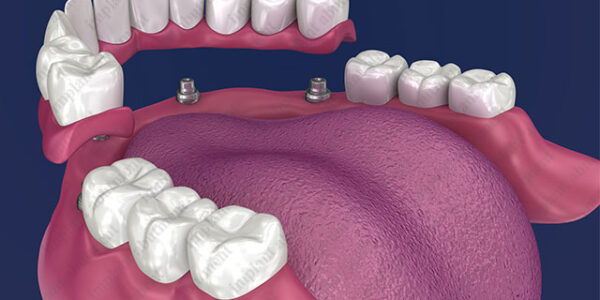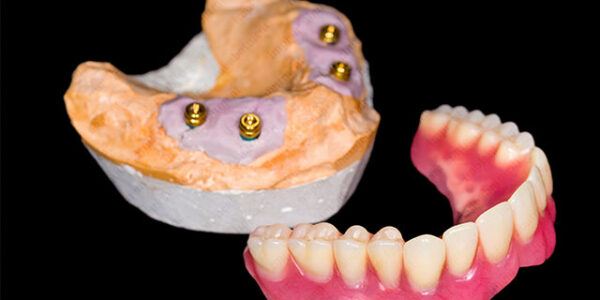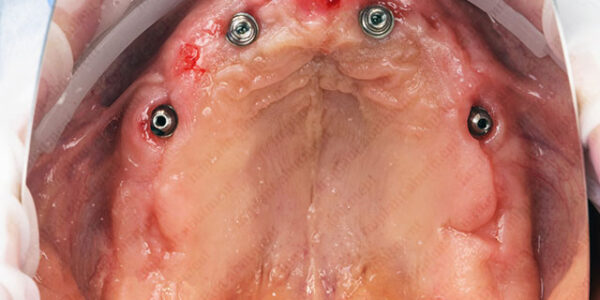CAD/CAM Dentistry implants are the connectors between the dental implant and the final restoration, allowing the customized CAD/CAM solution for the most aesthetic and precise outcome.
CAD/CAM Dentistry Implants are designed & manufactured by a computer to create a precise 3D model of a specific tooth or alveolar ridge.
Previously the traditional dental abutments were used which proved time consuming and expensive.
Today, however, the success of these implants is the combination of the manufacturing in the lab and the interface between the framework and dental implant. Introducing Ti Bases to CAD/CAM created a metallic interface between the screw and the abutment.
CAD/CAM systems encompass several components such as fixation screw, titanium base, lab screw and scanned abutment.
The scanned abutments come in a variety of shades, sizes and diameters, while the titanium base fit each dental implant system. The laboratory screws assist in fixing the model, during which the fixation screws are used for insertion. Since there are only 4 sizes of scanned abutments, it is simple to recognize the direction of the axis for the implant and the position of anti locking ridges via software.
Once the model is scanned it is possible to further design the substructure of the required CAD/CAM abutment by using the software.
The Advantages of CAD/CAM Dentistry:
- Titanium is a highly biocompatible, extremely strong and resistant to corrosion.
- It has outstanding mechanical attributes and has an exceptional ability to bond with bone tissue thus granting it very high durability.
- An accurate seal & fix to the implant is possible due to the interface provided.
- Since there is a precise fit, this inhibits any movement of the abutment or the screws from coming loose.
- The stress is distributed evenly which not only ensure the comfort of the patient but enables stability as well.
- Little to no possibilities of fractures occurring.
- Accurately angled interfaces diminish stress.
- Far more cost effective with better aesthetic outcomes.
- It is possible to prevent the downward force on the dental implant.




